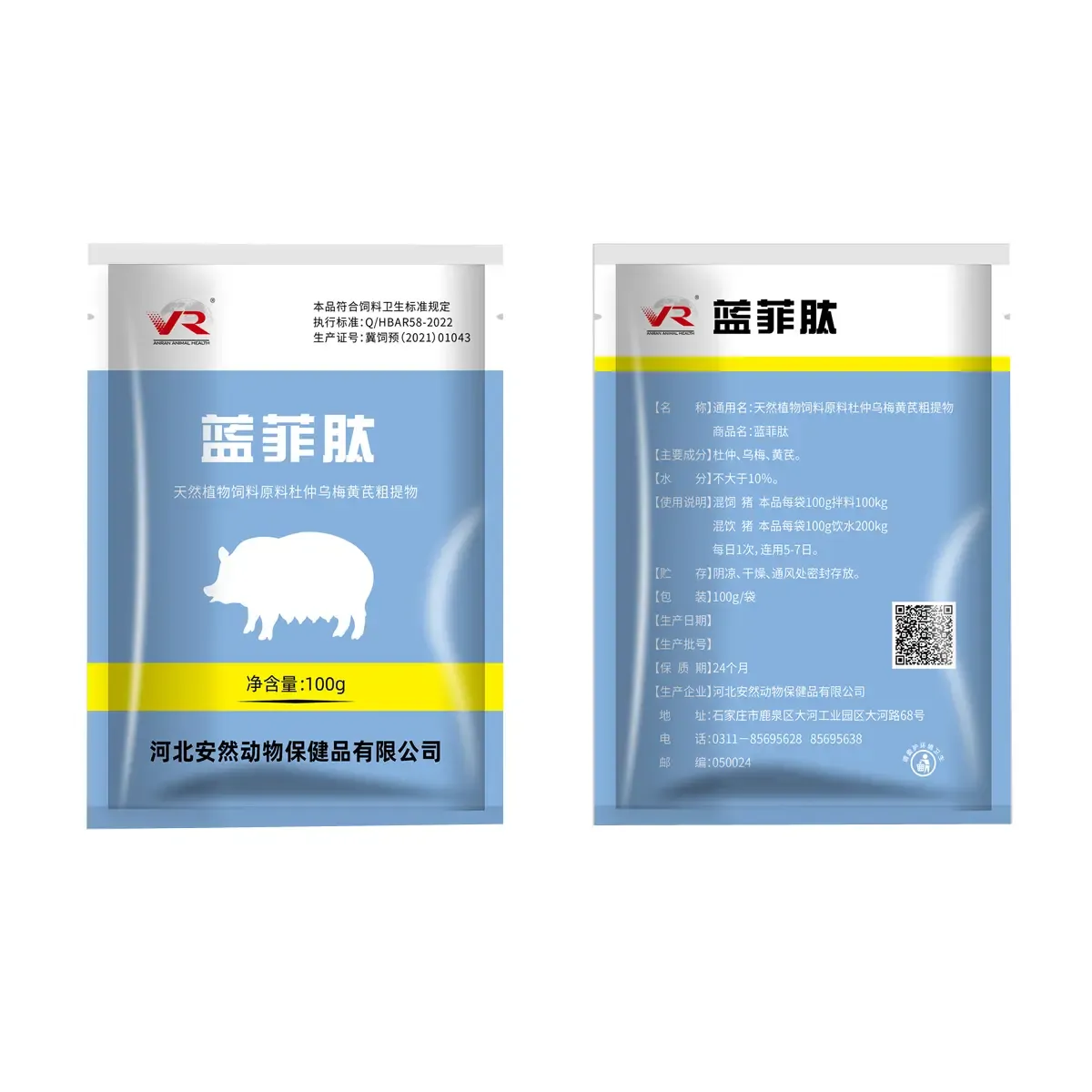- Afrikaans
- Albanian
- Amharic
- Arabic
- Armenian
- Azerbaijani
- Basque
- Belarusian
- Bengali
- Bosnian
- Bulgarian
- Catalan
- Cebuano
- Corsican
- Croatian
- Czech
- Danish
- Dutch
- English
- Esperanto
- Estonian
- Finnish
- French
- Frisian
- Galician
- Georgian
- German
- Greek
- Gujarati
- Haitian Creole
- hausa
- hawaiian
- Hebrew
- Hindi
- Miao
- Hungarian
- Icelandic
- igbo
- Indonesian
- irish
- Italian
- Japanese
- Javanese
- Kannada
- kazakh
- Khmer
- Rwandese
- Korean
- Kurdish
- Kyrgyz
- Lao
- Latin
- Latvian
- Lithuanian
- Luxembourgish
- Macedonian
- Malgashi
- Malay
- Malayalam
- Maltese
- Maori
- Marathi
- Mongolian
- Myanmar
- Nepali
- Norwegian
- Norwegian
- Occitan
- Pashto
- Persian
- Polish
- Portuguese
- Punjabi
- Romanian
- Russian
- Samoan
- Scottish Gaelic
- Serbian
- Sesotho
- Shona
- Sindhi
- Sinhala
- Slovak
- Slovenian
- Somali
- Spanish
- Sundanese
- Swahili
- Swedish
- Tagalog
- Tajik
- Tamil
- Tatar
- Telugu
- Thai
- Turkish
- Turkmen
- Ukrainian
- Urdu
- Uighur
- Uzbek
- Vietnamese
- Welsh
- Bantu
- Yiddish
- Yoruba
- Zulu
डिस . 14, 2024 15:35 Back to list
Tylosin Injectable for Livestock Health and Disease Prevention Solutions
Tylosin Injectable An Overview
Tylosin injectable is an important veterinary medication primarily used in livestock and poultry to manage various bacterial infections. As a macrolide antibiotic, tylosin plays a critical role in enhancing the health and productivity of animals, ultimately contributing to food safety and security. Understanding tylosin's uses, benefits, and considerations is essential for both veterinarians and livestock producers.
What is Tylosin?
Tylosin is derived from the fermentation of the soil bacterium *Streptomyces fradiae*. It belongs to the macrolide class of antibiotics, which are characterized by their large lactone ring structure. Tylosin works by inhibiting protein synthesis in bacteria, effectively stopping their growth. It is primarily effective against Gram-positive bacteria, certain Gram-negative bacteria, and mycoplasma pathogens, making it a versatile option for treating a variety of infections.
Indications for Use
The injectable formulation of tylosin is often utilized to treat respiratory issues, enteritis, and other bacterial infections in livestock and poultry. It is particularly effective in addressing diseases such as swine dysentery in pigs and chronic respiratory diseases in cattle and chickens. In poultry, tylosin can also help manage infectious sinusitis and other respiratory diseases, improving flock health and reducing mortality rates.
Benefits of Tylosin Injectable
One of the main advantages of tylosin injectable is its efficacy and rapid action against the targeted pathogens. Its ability to reach therapeutic levels quickly in the bloodstream ensures that animals receive prompt treatment, which can be critical in preventing the spread of disease within herds or flocks.
tylosin injectable

Another benefit of tylosin is its safety profile. When used according to veterinary guidance, tylosin poses minimal risks to animal health. Moreover, tylosin is often administered in a manner that minimizes stress on the animals, as injections can be given using various techniques to enhance animal welfare.
Additionally, tylosin is known for its residual effects, which can help continue to fight infections even after the initial treatment has been completed. This characteristic can be particularly valuable in commercial operations where consistent health is crucial for productivity.
Considerations and Regulations
While tylosin provides numerous benefits, it's important to use it judiciously. Misuse or over-reliance on antibiotics can lead to the development of antibiotic-resistant bacteria, posing significant challenges to veterinary medicine and public health. Therefore, following veterinary prescription guidelines is essential.
In many countries, the use of antibiotics in food-producing animals is subject to strict regulations. This includes restrictions on the use of certain antibiotics to preserve their efficacy in human medicine. As such, producers must stay informed about local regulations regarding tylosin use, including withdrawal times to ensure that any meat products are free from drug residues.
Conclusion
Tylosin injectable serves as a vital tool in modern veterinary medicine, providing effective treatment for a range of bacterial infections in livestock and poultry. Its benefits, including rapid action, safety, and residual effects, underline its importance in promoting animal health and productivity. However, responsible use and adherence to regulations are crucial in safeguarding both animal welfare and public health. By maintaining a balanced approach to antibiotic usage, veterinarians and producers can work together to ensure the continued success of livestock operations while minimizing the risk of antibiotic resistance.
-
Guide to Oxytetracycline Injection
NewsMar.27,2025
-
Guide to Colistin Sulphate
NewsMar.27,2025
-
Gentamicin Sulfate: Uses, Price, And Key Information
NewsMar.27,2025
-
Enrofloxacin Injection: Uses, Price, And Supplier Information
NewsMar.27,2025
-
Dexamethasone Sodium Phosphate Injection: Uses, Price, And Key Information
NewsMar.27,2025
-
Albendazole Tablet: Uses, Dosage, Cost, And Key Information
NewsMar.27,2025













